10 Fun-Filled Garden Activities to Enjoy with Your Children
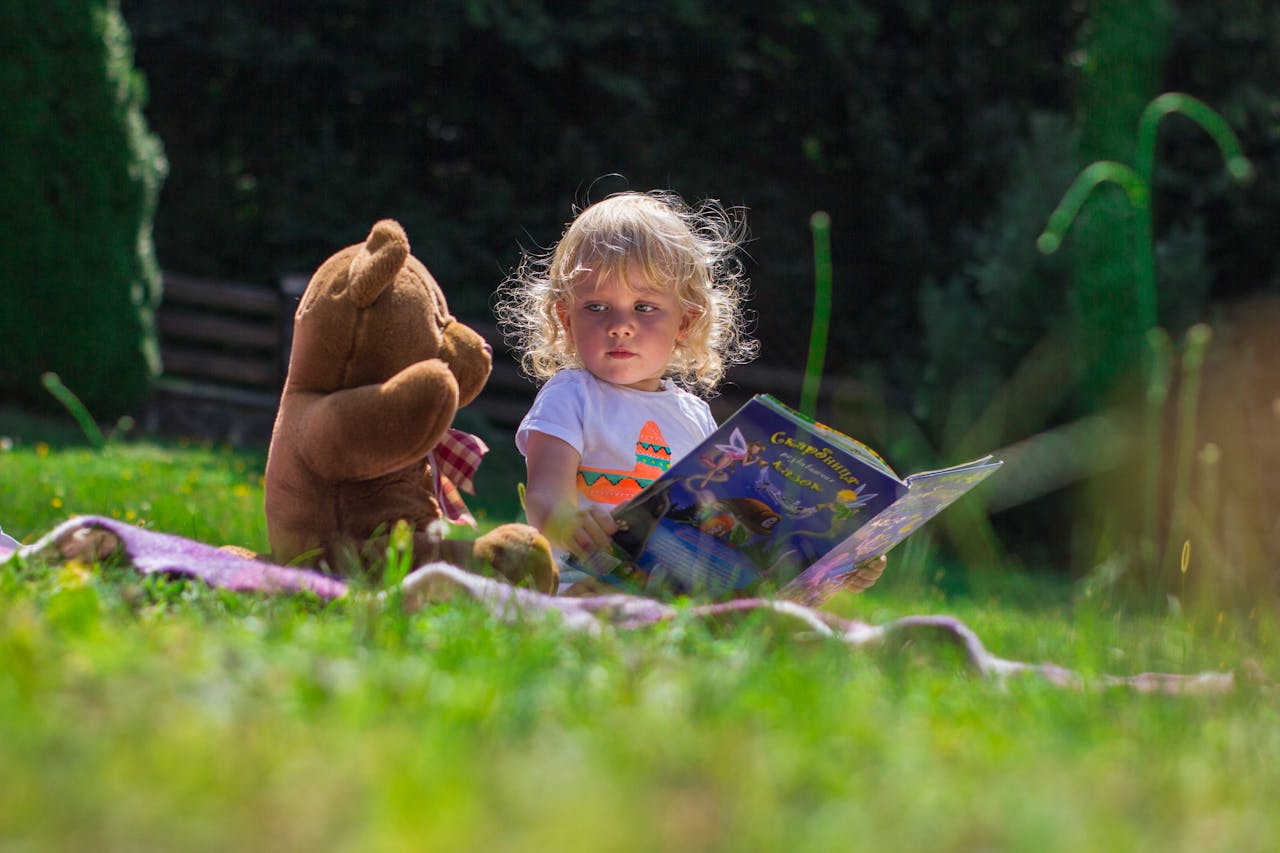
Children may explore, learn, and have a fantastic time in the great outdoors by spending time in the garden. There are plenty of things to do to keep young brains occupied and happy, including planting seeds, watching insects, or just lounging in the sun. We’ll look at ten entertaining garden activities in this guide that you can do with your kids to help them become more creative, curious, and appreciative of nature. These entertaining and instructive activities, such as planting a garden or making a bug hospital, leave a lasting impression and foster a lifetime love of gardening and the outdoors. So gather your gardening tools and get ready to explore a whole new outside world in your backyard!
Plant a Garden:
A garden is an excellent method to teach your kids about plant life cycles, foster good eating habits, and establish a connection with the natural world. Let your kids pick out the plants they want to cultivate to start. Please take into account your garden’s circumstances and climate, as well as their preferences. Your options are vegetables, herbs, flowers, or a combination. Get your kids involved in tilling the soil in preparation for planting. Teach them how to improve the soil by adding compost or fertilizer, pulling weeds, and loosening the soil. This is a great chance to educate children about the condition of the soil and how crucial nutrient-rich soil is to plant development. It’s time to plant the seeds or seedlings after the soil has been prepared. According to the plants you’ve chosen, follow the instructions on the seed packets or plant tags for proper spacing and depth. Encourage your children to pat down the soil around the seeds or seedlings gently.
Instruct your kids on the value of maintaining and watering the garden. Assist them in watering the plants regularly by setting up a watering schedule. Teach them to look for insect or disease indications and evaluate the soil’s moisture content. Urge your kids to keep an eye on the plants as they develop. Take frequent strolls through the garden and note any alterations or advancements. This is an excellent chance to instruct children about the many growth phases and the lifetime of plants. When the plants are mature enough to harvest, let your kids help you collect fruits, veggies, or flowers from the garden. Teach them the proper way to harvest without hurting the plants and how to recognize when produce is ripe and ready to be picked. Finally, celebrate the fruits of your labor by enjoying the harvest together as a family. Whether cooking a meal with fresh vegetables from the garden or creating a bouquet with flowers, savor the rewards of your gardening efforts.
Create a Fairy Garden:
Making a fairy garden is a colorful and enchanted pastime that encourages children’s imagination and creativity. Choose a good location for the fairy garden in your yard or other areas. It may be in a flower garden, on a patio, or in a shaded spot behind a tree. Invite your kids to look around and imagine where they want to build their fantasy land. Gather a variety of supplies to build the fairy garden. Small plants (such succulents, moss, or miniature flowers), ornamental rocks, pebbles, twigs, tiny figures or fairy accessories, tiny furniture, shells, and other natural components can all be included in this. Encourage your kids to create a fairy garden using their imaginations to design the arrangement. They can set up the plants and materials to create pathways, miniature landscapes, and cozy nooks for the fairies to dwell. Allow them to experiment with different arrangements until they’re satisfied with the design.
Assist your kids in putting the selected plants in the fairy garden. If you are making a container fairy garden, use small pots or containers; if it is an outdoor garden, put them straight in the ground. To increase the allure and attractiveness of the fairy garden, encourage children to add ornamental pebbles, rocks, and other landscaping features. It’s time to add fairy decorations and accessories to put the finishing touches on it. Permit your kids to scatter quirky objects like benches, bridges, little cottages, and miniature fairy figures throughout the yard. Motivate them to use their imagination and customize the area to showcase their perspective. If desired, make a path through the garden for the fairies and guests to follow using small stones, pebbles, or tiny stepping stones. Your kids can arrange the pathway in winding patterns or straight lines, adding to the magical ambiance of the fairy garden. Teach your children the importance of caring for their fairy garden by watering the plants, removing weeds, and tidying up the space regularly. Please encourage them to observe how the garden changes and use their imagination to add new elements and accessories.
Nature Scavenger Hunt:
A nature scavenger hunt is an excellent method to encourage children’s interest and respect for the natural world while getting them outside to explore. Make a list of what the kids need to discover and design the scavenger hunt first. Use various natural components, such as leaves, flowers, insects, pebbles, feathers, animal trails, or tree bark. Make the list fresh and relevant by adjusting it for the time of year and place. Get all the materials needed for the scavenger hunt, including baskets or bags for gathering objects, magnifying glasses for analyzing minute details, and paper and pencils for documenting findings. Make sure every youngster has all they require to engage comfortably. Before starting the treasure search, describe the rules to the children. Let them know what items to find and any safety guidelines to follow while exploring the outdoor space. Please encourage them to work together, share discoveries, and have fun. Set the children loose to explore the garden or outdoor area in search of the items on the scavenger hunt list. Remind them to use their observation skills, respect nature, and avoid disturbing plants or wildlife.
Encourage the kids to explore their surroundings and make note of any intriguing finds as they look for objects. Answer any questions they may have as you go around, and point out various plants, insects, and other natural elements they may come across. After the kids have finished their scavenger quest, get them together to discuss what they found. Ask the kids to report what they found, then compare their finds with the scavenger hunt list. Honor their accomplishments and invite them to share any special hunt-related memories. Discuss your thoughts on the kids’ scavenger hunt experience for a while. Talk about their favorite things to do, the things they discovered in nature, and any discoveries they made. Urge them to consider how they might carry on discovering and savoring the natural world in the future.
Build a Bird Feeder:
Building a bird feeder with your kids is a fun and instructive project that fosters respect for animals and offers a creative outlet. Gather the supplies needed to assemble the bird feeder. A clear plastic container (such as a milk jug or soda bottle), wooden dowels or sticks, twine or string, scissors, a craft knife (adult supervision needed), birdseed, and optional embellishments like paint or stickers are among the supplies you’ll need. Cut small openings in the plastic bottle with the craft knife under the supervision of an adult. Create two holes: one large one at the bottom so the birds can get at the birdseed and another smaller one above it so the dowels may use it as a perch. Aim to make the holes big enough for birds but not so huge that they can’t put all the seed. Insert wooden dowels or sticks through the smaller holes to create perches for the birds. These perches will provide a place for birds to rest while they feed.
Make two holes at the top of the bottle and insert a length of twine or string through them to create a hanging for the bird feeder. To create a loop for hanging the feeder, firmly knot the ends of the twine together. Use your imagination to add paint, markers, stickers, or other colorful elements to the bird feeder. Allow your kids to add their touches and personalize the feeder. After the bird feeder has been put together and adorned, add birdseed to it. Select a premium birdseed blend to draw different birds to your garden. Choose an appropriate spot in your landscape, such as a tree branch, fence, or hook, to hang the bird feeder. Ensure that it is situated in a peaceful and safe spot where birds can easily access it and where you can observe them from a distance. Sit back, watch birds discover the feeder, and visit your garden. Keep a journal or notebook to record the different bird species you observe and any interesting behaviors you notice.
Painting with Nature:
Children may explore their artistic side and connect with the beauty of nature while painting with nature, which is a joyful and creative exercise. Take your kids outside to play in the yard or another nearby area and gather natural materials for painting. Urge kids to collect unusual objects like leaves, flowers, twigs, and pinecones. Locate an excellent outside area for your painting station. Place a sizable canvas or sheet of paper on a level surface, such as a table or easel. For individual paintings, you may also use smaller canvases or paper. Arrange a variety of non-toxic paint colors in little palettes or containers. Watercolour paints work nicely for this project, but acrylic or tempera paints may also be used. Provide paintbrushes of various sizes and shapes to give children options for their artwork. Please encourage your children to explore nature’s palette by observing the colors, textures, and patterns of their collected natural materials. Discuss how different leaves, flowers, and other items can be used to create unique patterns and designs in their paintings.
Encourage your kids to make artwork on paper or canvas by dipping their paintbrushes into the paints and using the natural elements they collected as stamps, brushes, or stencils. They might try numerous methods to exhibit their creativity, such as layering colors and merging different natural objects. Encourage your kids to try various painting methods and combinations of organic materials to see what results they can produce. They can try making leaf impressions on the paper by pressing leaves onto it, painting petals with flowers as brushes, or creating textured lines by dipping twigs into paint. Tell your kids there’s no right or wrong way to use nature as a paintbrush. Urge them to appreciate the process of producing art that is inspired by and to accept mistakes. Once the artwork is complete and the paint has dried, display the paintings in your home or outdoor space where everyone can admire them. Take time to appreciate the beauty of nature captured in each unique creation.
Outdoor Picnic:
Enjoying a picnic outside with your kids is an excellent opportunity to spend quality time together and enjoy nature’s wonders. Pick a beautiful outdoor space for your picnic, like a park, beach, botanical garden, or even home. Choose a location with plenty of shade, a lovely view, and enough room to lay out a picnic blanket. Bring along an assortment of delectable, easily transportable, and outdoor-friendly meals. Snacks include chips, almonds, cookies, or brownies for dessert, fresh fruits, and vegetables with dip, salads, sandwiches, and wraps.
To keep hydrated, don’t forget to pack lots of water or other pleasant drinks. Assemble all the necessary picnic materials, such as a tablecloth or blanket, picnic basket or cooler to keep food and drinks chilled, plates, utensils, napkins, cups, a cutting board and knife, sunscreen, insect repellent, and a trash bag for cleanup. Consider bringing outdoor games and activities such as a frisbee, soccer ball, kite, bubbles, or cards to keep everyone entertained during the picnic. You can also bring books or magazines to read and enjoy the peaceful surroundings.
Make a Bug Hotel:
Enjoying a picnic outside with your kids is an excellent opportunity to spend quality time together and enjoy nature’s wonders. Pick a beautiful outdoor space for your picnic, like a park, beach, botanical garden, or even home. Choose a location with plenty of shade, a lovely view, and enough room to lay out a picnic blanket. Bring along an assortment of delectable, easily transportable, and outdoor-friendly meals. Snacks include chips, almonds, cookies or brownies for dessert, fresh fruits and vegetables with dip, salads, sandwiches, and wraps. To keep hydrated, don’t forget to pack lots of water or other pleasant drinks. Assemble all the necessary picnic materials, such as a tablecloth or blanket, picnic basket or cooler to keep food and drinks chilled, plates, utensils, napkins, cups, a cutting board and knife, sunscreen, insect repellent, and a trash bag for cleanup.
Consider bringing outdoor games and activities such as a frisbee, soccer ball, kite, bubbles, or cards to keep everyone entertained during the picnic. You can also bring books or magazines to read and enjoy the peaceful surroundings. Start by arranging the materials to build the bug hotel. Stack the wood logs, bricks, or terracotta pots to create the main structure. Fill in the gaps with bamboo canes, hollow stems, pine cones, and other materials to provide insects with hiding places and nesting sites. Layer the bug hotel with different habitats to attract a variety of insects. For example, fill one section with dried leaves and straw to shelter ground-dwelling insects like beetles and spiders. Fill another section with bamboo canes or hollow stems to attract solitary bees and wasps.
DIY Garden Markers:
A valuable and enjoyable project that teaches kids about flora and gives your yard a unique touch is making DIY garden markers. Collect items for your garden markers. Sturdy supplies like wine corks, wooden spoons, flat river rocks, tiny rocks, wooden popsicle sticks, or old cutlery are required. You’ll also need paint or permanent markers to decorate the markers. Before decorating, ensure that any wooden spoons, pebbles, or popsicle sticks are clean and dry. You might need to give them light sand to make the surfaces smoother for writing or painting. When your kids design the garden markers, let their imaginations go wild. Plant names can be written with paint pens, acrylic paint, or permanent markers. You can apply a clear sealant or outdoor varnish over the painted or written surfaces to protect the designs and make the markers more weather-resistant. Make sure to do this step in a well-ventilated area and allow the markers to dry completely before use.
Storytime in the Garden:
Storytime in the garden is a fun pastime that blends the love of reading with the splendor of nature. Locate a cozy and welcoming area in your yard where you can all congregate for storytime. This might be in a quaint nook surrounded by flowers, on a blanket stretched out on the grass, or behind a tree that provides shade. Bring blankets, pillows, or outside furniture so everyone can settle down and enjoy a cozy environment. To improve the atmosphere, you may add some ornamental elements like flower arrangements, fairy lights, or candles that are kept safely inside jars or lanterns. Pick a few novels or short tales that honor the natural world, gardening, or the splendors of the great outdoors. Seek picture books appropriate for the reader’s age and captivating storylines that capture your children’s imagination. Please encourage your children to engage all their senses during storytime in the garden. Please encourage them to listen to birds chirping, feel the texture of leaves and flowers, and breathe in the fresh outdoor air as you read together.
Outdoor Games:
Along with enjoying the sunlight and fresh air, playing outdoor games with your kids is a great way to encourage physical exercise, collaboration, and creativity. Tag is an ageless favorite that may be played with two or more people. It’s a straightforward yet thrilling game. A player is designated as “it” and is tasked with pursuing and tagging the other players. Once tagged, the player takes on the role of “it,” and the round proceeds. The timeless classic game of hide and seek never gets old. While the others conceal, one player closes their eyes and counts. The seeker has to locate and tag the hiding players after they have counted to a certain number. The next seeker is the last player to be located. Like baseball, kickball is an exciting and dynamic game, yet played with a large rubber ball that players kick instead of hitting with a bat. Set up bases in your garden or backyard and take turns kicking and running around the bases to score points. Set up goals using cones, sticks, or other markers, and play a game of soccer in your garden. Divide into teams and kick the soccer ball back and forth, trying to score goals while defending your goal.
Conclusion
Along with enjoying the sunlight and fresh air, playing outdoor games with your kids is a great way to encourage physical exercise, collaboration, and creativity. Tag is an ageless favorite that may be played with two or more people. It’s a straightforward yet thrilling game. A player is designated as “it” and is tasked with pursuing and tagging the other players. Once tagged, the player takes on the role of “it,” and the round proceeds. The timeless classic game of hide and seek never gets old. While the others conceal, one player closes their eyes and counts. The seeker has to locate and tag the hiding players after they have counted to a certain number. The next seeker is the last player to be located. Like baseball, kickball is an exciting and dynamic game, yet played with a large rubber ball that players kick instead of hitting with a bat. Set up bases in your garden or backyard and take turns kicking and running around the bases to score points. Set up goals using cones, sticks, or other markers, and play a game of soccer in your garden. Divide into teams and kick the soccer ball back and forth, trying to score goals while defending your goal.

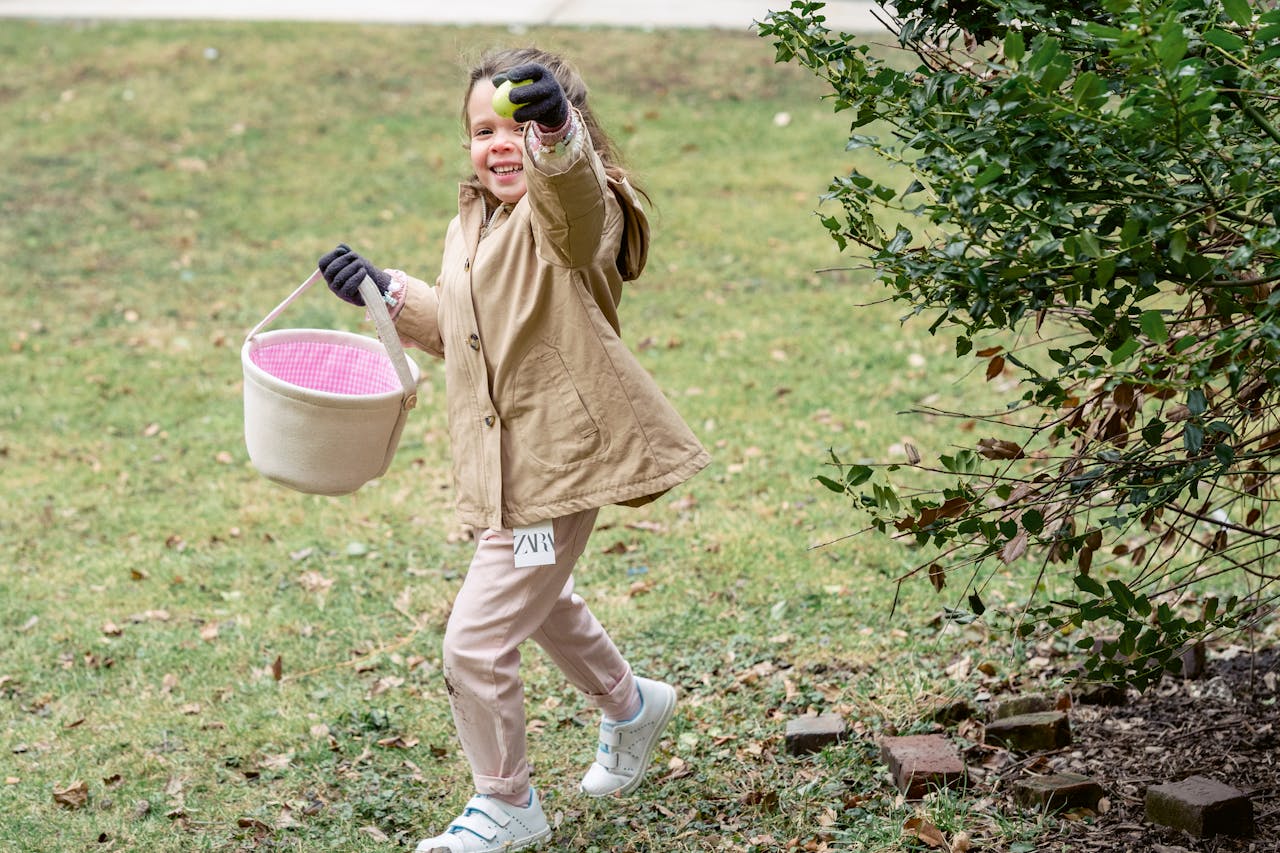
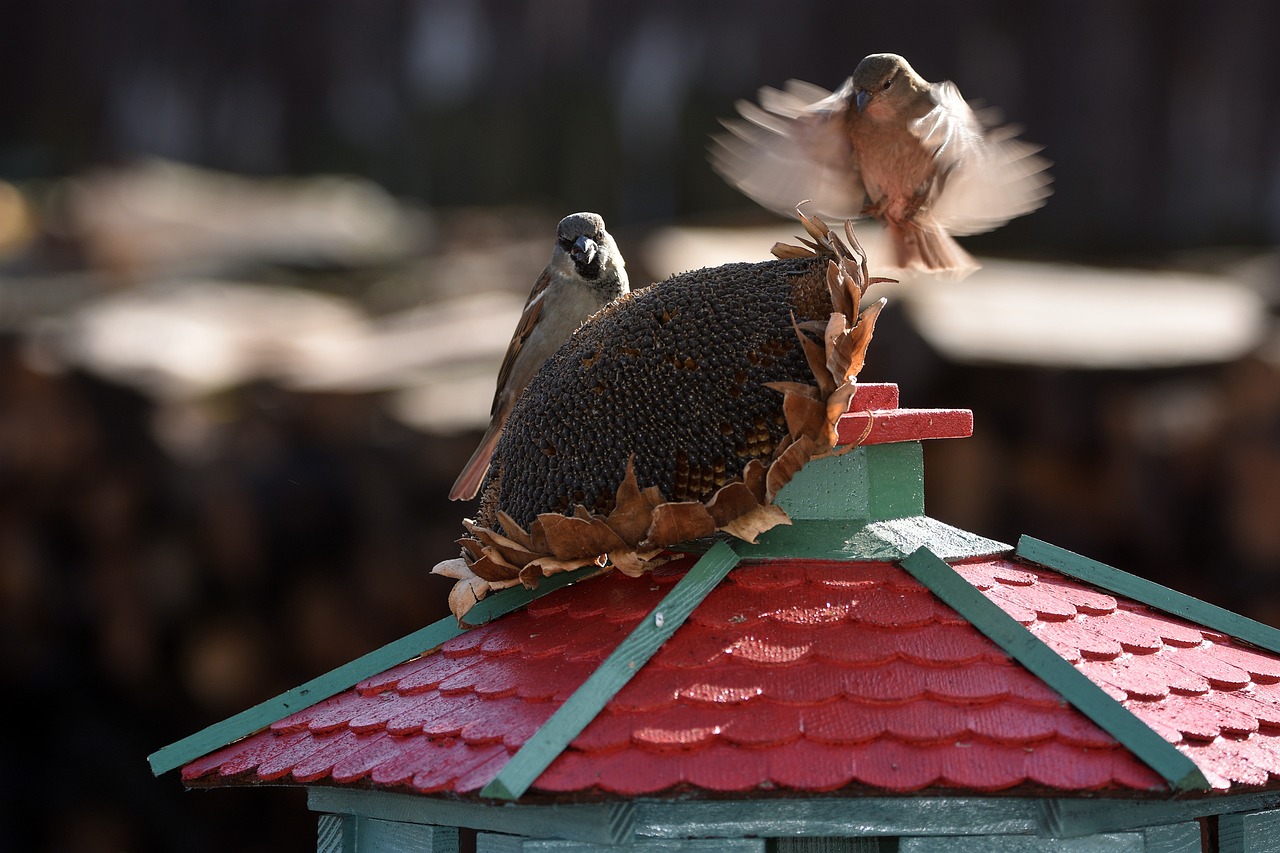
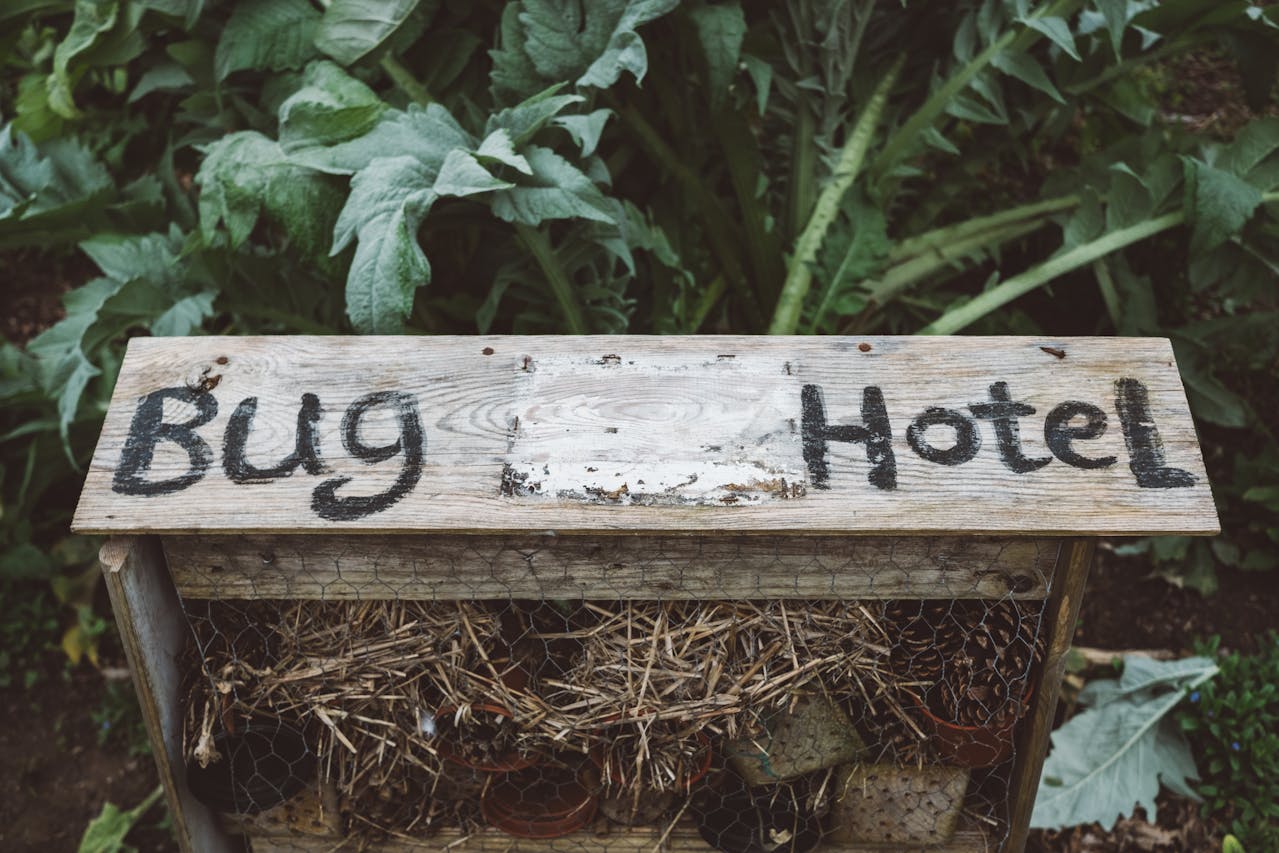

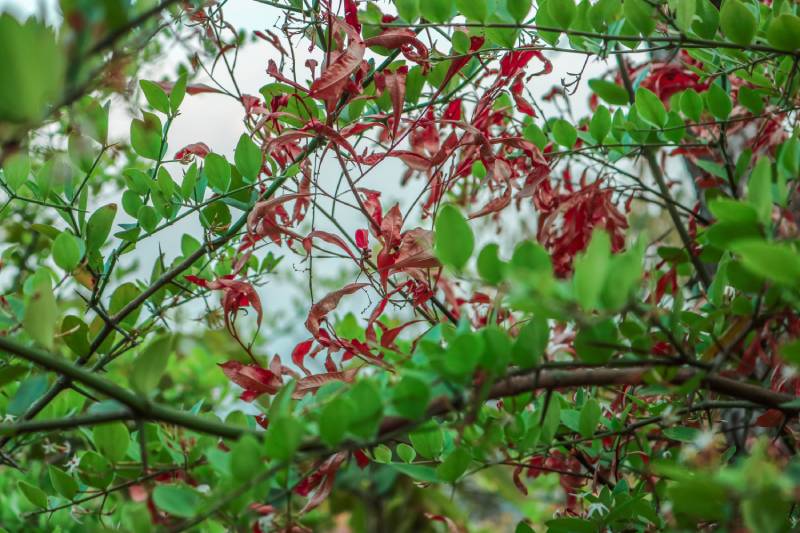
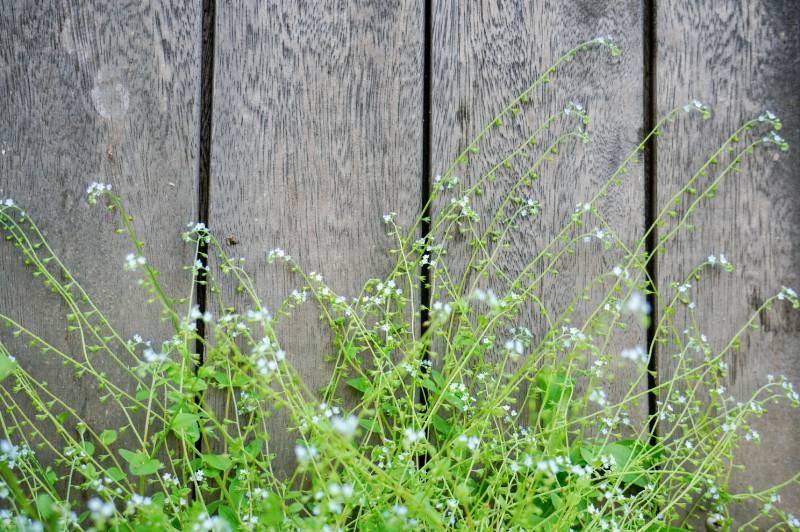

Leave a Reply